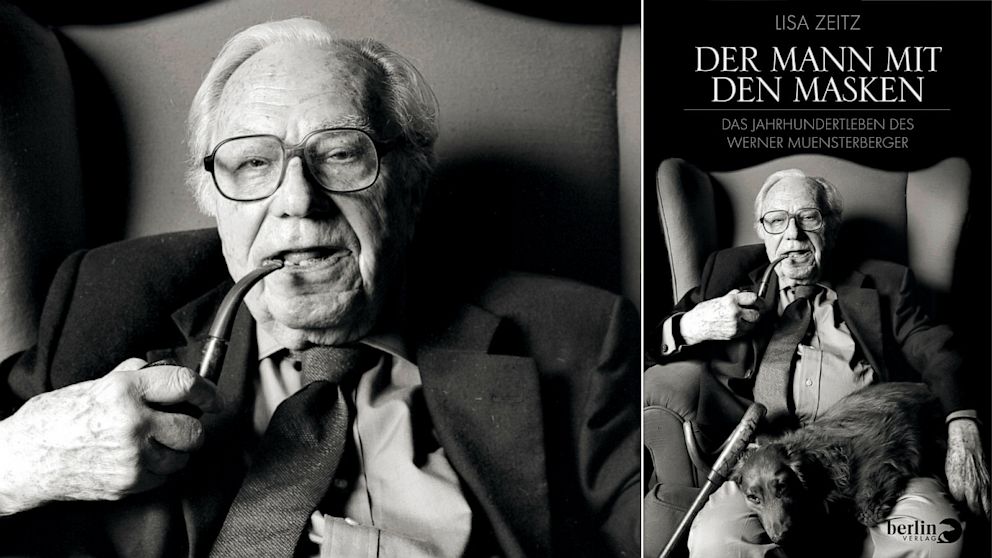Behind the Mask: The Singular Life of James Dean's Analyst
He fled the Nazis and found himself in the ranks of New York's elite.

Oct. 5, 2013— -- He fled the Nazis and found himself in the ranks of New York's elite. He was James Dean's psychoanalyst and traveled the world collecting "primitive art." A new biography attempts to unmask the fascinating life of Werner Muensterberger.
In September of 2005, art historian Lisa Zeitz visited then-92-year-old Werner Muensterberger in his New York City apartment in order to speak to a "psychoanalyst who understood the art collector." But he turned out to be so much more.
An analyst, ethnologist, professor of "ethno-psychiatry," an author and a collector of "primitive" art, Muensterberger treated numerous celebrities, including James Dean. His 1993 book "Collecting: An Unruly Passion" became a classic in its field. This first visit by Zeitz blossomed into a friendship that lasted until Muensterberger's death in 2011 and ultimately became a biography about his life, "The Man With The Masks -- Werner Muensterberger's Life of a Century" (Der Mann mit den Masken - Das Jahrhundertleben des Werner Muensterberger) which was recently published in Germany.
Zeitz was immediately impressed by the "small man in the checkered jacket" who offered to speak with her in German. Also impressive was the "awesomely magical aura" of his apartment filled with eerie masks and art objects -- a "soot-black relief made of Pavia skulls and bones," a life-sized "slender, headless torso with a long phallus" and a branched throwing knife from the Congo. This wasn't his collection, Muensterberger explained: "These are just a few things that I like. Aesthetics are important."
Bathing Naked for the Baron
Art collecting wasn't the only topic at that first meeting. Muensterberger spoke to Zeitz about early childhood trauma and his time spent at the Odenwaldschule, Germany's oldest private rural boarding school. He also discussed his distant uncle Eduard von der Heydt, the German-Swiss baron, banker and art collector, who instilled in him a love of art and a yearning for a life that would straddle science, bohemianism and high society.
Having assembled one of Europe's earliest and most important collections of non-European art, von der Heydt bought the already prominent artists' colony Monte Verità on Lake Maggiore, where the young Muensterberger would visit him over the course of several summers -- under the condition that he bathed naked every morning in front of the baron's window.
On her first visit, Zeitz was also introduced to Muensterberger's young male companion from Chad, Celestin Clamra, and told of the psychoanalyst's many prominent friends over the years -- among them Pablo Picasso, Andy Warhol and Walt Disney.
'First Contact'
Muensterberger was born in 1913 the son of a Jewish merchant family in the western German region of Westphalia. When he was 15, his mother died, triggering a "reactive depression" that led him to his "first contact with psychoanalysis." He entered treatment with the "excellent analyst" Karl Landauer, a time he wrote about later: "I was 15, deeply impressed and I knew I too wanted to become an analyst."
After graduating from the Odenwaldschule and traveling as an 18-year-old to Egypt and Nigeria, he went to Berlin in 1934 to study ethnology and art history, making frequent visits to the Museum of Ethnology and to famous collectors and dealers of non-European art. In 1936, he fled the Nazis to Holland. The Dutch did not recognize his high school diploma, so he completed his graduate studies in Switzerland.